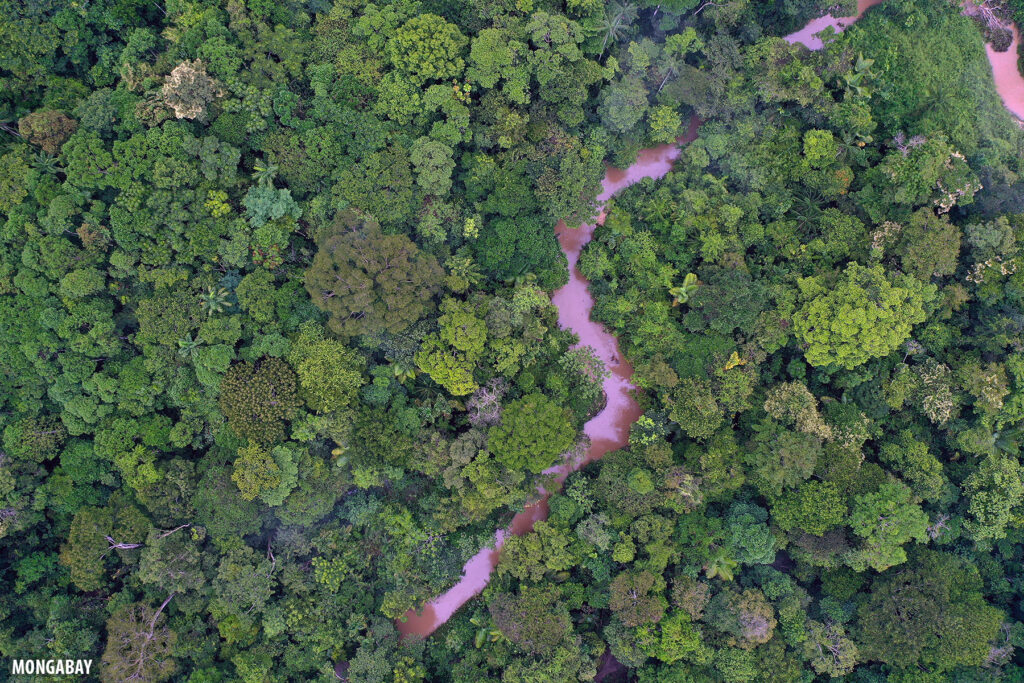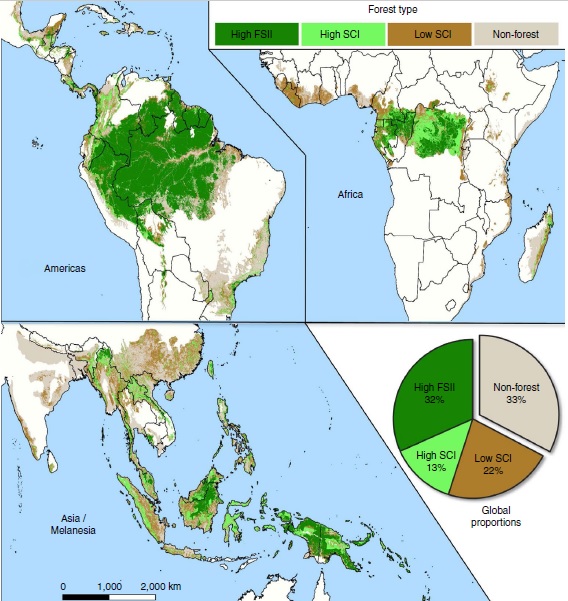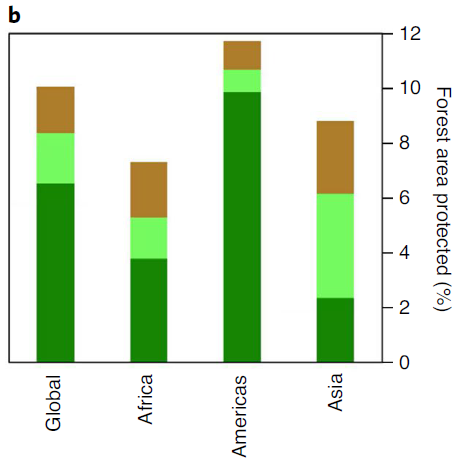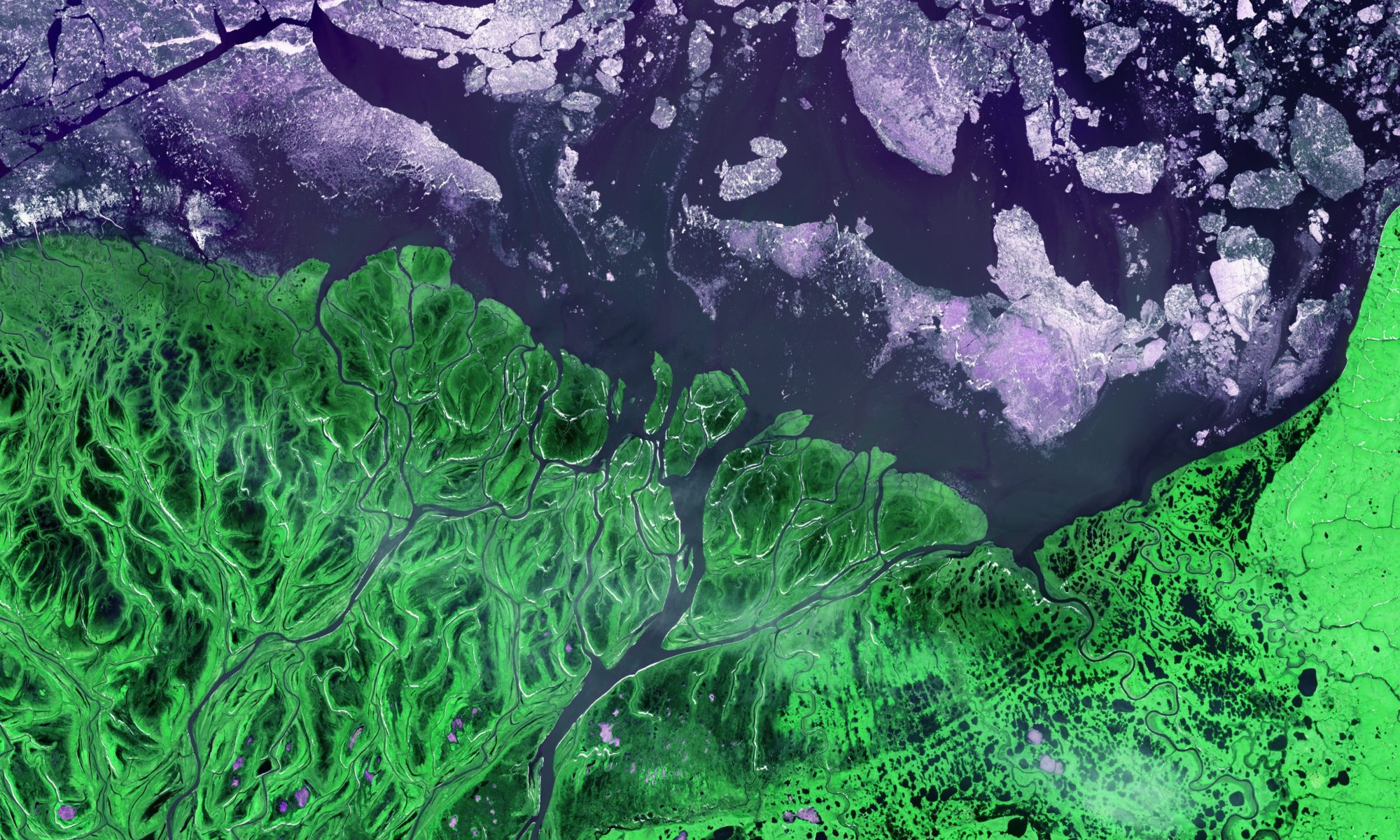
Not all tropical forests are created equal.
According to new research published in Nature Ecology & Evolution, “tropical forests vary in composition, structure and function such that not all forests have similar ecological value.”
The problem is, international forest conservation strategies often focus exclusively on forest extent and fail to consider forest quality. These policies mandate the preservation and restoration of forests, but do not distinguish between highly degraded, low quality forests, and fully intact forests with high structural and ecological integrity. This means many high quality forests are slipping through the cracks — most have no formal protection and are thus at great risk of being lost.
To pull these forests from obscurity, the study authors, including GEODE lab members Pat Burns, Patrick Jantz, and Scott Goetz, created high resolution maps of areas of high forest integrity. In this case, integrity is determined by forest structure (high quality forests have tall, multistory canopies and a large diversity of plant sizes) and human impact (high quality forests have experienced minimal human development).

Now that we have an idea of where these forests are and how few of them are protected (only 6.5 percent!) we can begin to craft effective policies that take forest integrity into account.

In order to protect these ‘best of the last’ forests, the authors propose a policy-driven framework for conservation and restoration, that focuses on preserving and restoring forest integrity.
Read the full story at NAU News, or head straight to the science at Nature Ecology & Evolution.

